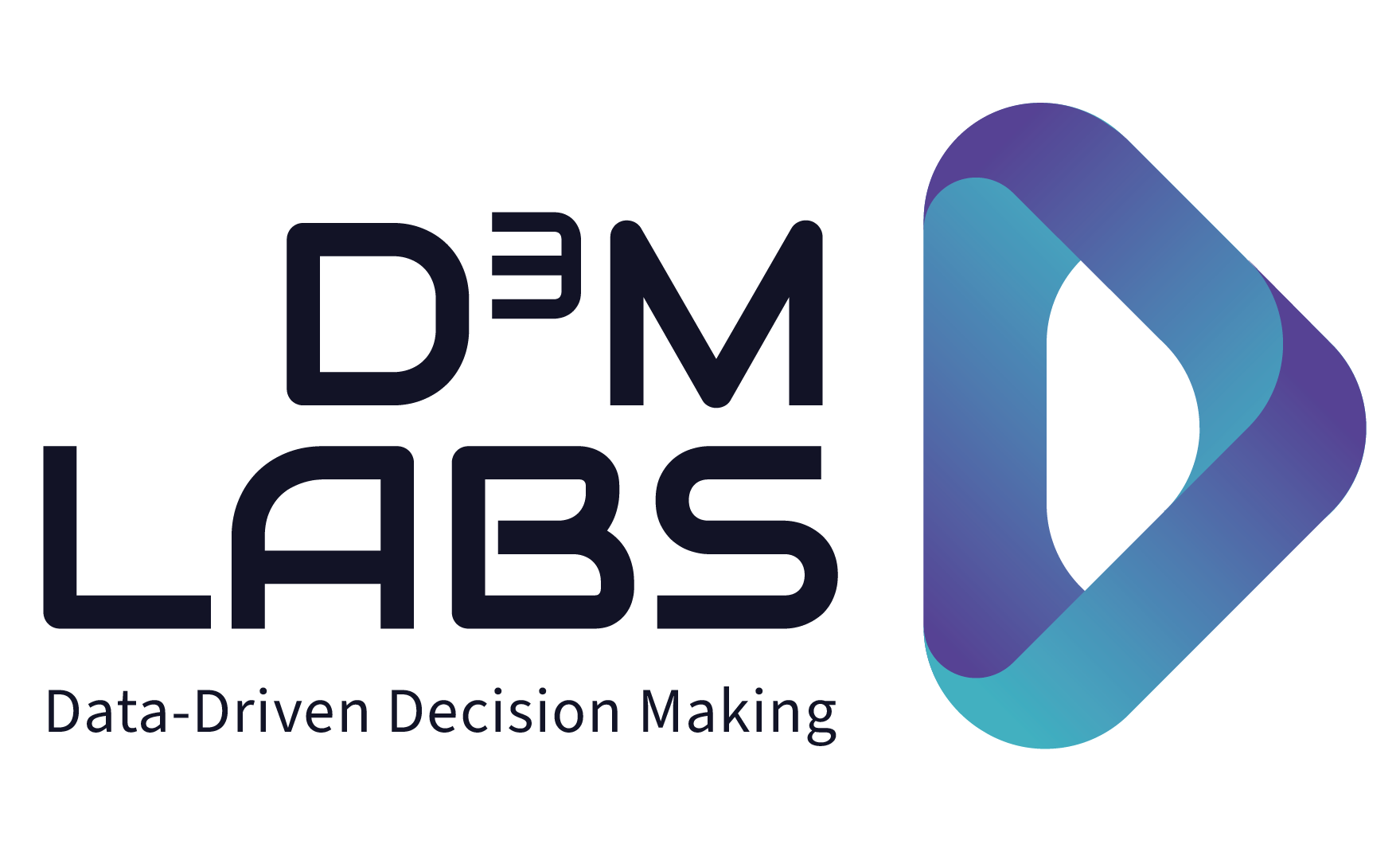The monetisation of customer relevancy through data-driven insights is essential for any successful marketing campaign in the digital economy. With the advent of social media, cloud computing, IoT and mobile applications, data sources and use cases for marketing and communications professionals are proliferating. Companies can collect data on customer preferences, attributes, actions and more to, for example, anticipate demand, increase customer satisfaction and loyalty, as well as proactively capitalize on acquisition, upsell and cross sell opportunities.
Marketing and communication professionals who want to remain competitive must work in a hypothesis-driven manner to provide consumers and B2B customers the personalised messaging that has become a hygiene factor. In an interview with Travel Data Daily, Jonathon Wardman, Hilton’s vice president of CRM talks about how his organisation uses data. Use cases Wardman mentions include smarter product design and matching customers and offers. Drivers of data proliferation and compelling use cases for big data are described in more detail in a blog I wrote, Big Data Analytics will become the next battle axe for Communications Service Providers (CSPs).
Here are some key enablers of the monetisation of customer relevancy through data-driven insights:
- The citizen data scientist is usually a business specialist who has knowledge of data science, but is not a trained data scientist. The citizen data scientist is a bridge, making data science relevant and actionable to end-users.
- Data visualisation evolved the delivery of insights to the end-user and thereby has broadened awareness and interest in data. SAP and Google are examples of companies who offer data visualization software.
- Self-service business intelligence enables business end-users to work directly with data. Companies such as Tableau, Qlik and Microsoft offer self-service business intelligence platforms.
- Cloud computing and cloud analytics offer abundant scalable technologies and products to users across organizations and geographies. The Adobe Marketing Cloud offering is an example of a customer intelligence solution.
- Social media generates huge amounts of data concerning customer behavior, preferences and attributes. Social media monitoring received a great deal of visibility with predictions made in the recent US presidential elections. Some social media monitoring tools include Hootsuite, Social Sprout and Salesforce’s Social Studio. I discussed best practices for running a social media listening project in my blog Topography of a social media listening project.
- Internet of things (IoT) and Industrial Internet of Things (IIoT) have become a strategic imperative as sensors and connected objects are availing organizations new data sources and insights. Some platforms for IoT include AWS IoT platform, IBM Watson and GE Predix. Â More insights about IoT, IIoT and smart manufacturing can be found in the blog I wrote, Questions to ask when considering the impact of smart manufacturing on your company.
As digitalisation of the economy advances, organisations will need to understand the universe of data available, as well as how to generate insight from their data. While marketers and communications professionals will not need to become data scientists or statisticians, marketing and communications departments will need to be able to build a data strategy and manage their data.
Data is only as useful as it is actionable. Beyond the critical step of defining meaningful key performance indicators (KPIs), marketing and communications professionals will need to contextualise their findings, prove or disprove their hypotheses and create processes to turn insights into business transformation.
This article was published in Communication Director.
For a more in-depth look at the tools availabel to monetise data-driven insights, see Elizabeth’s article in the next issue of Communication Director, available September 2017.

